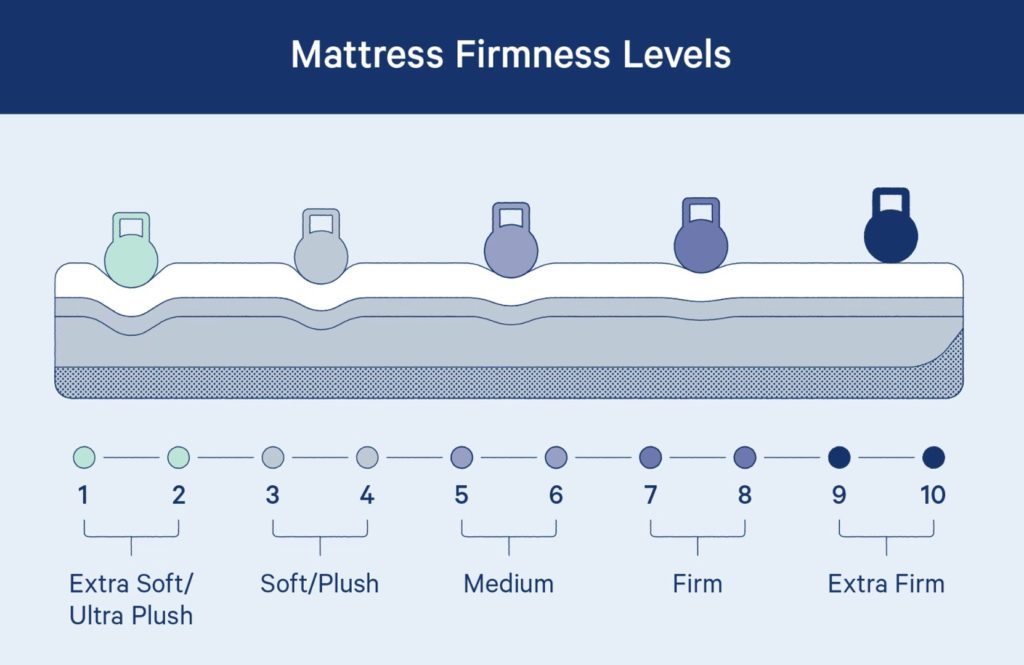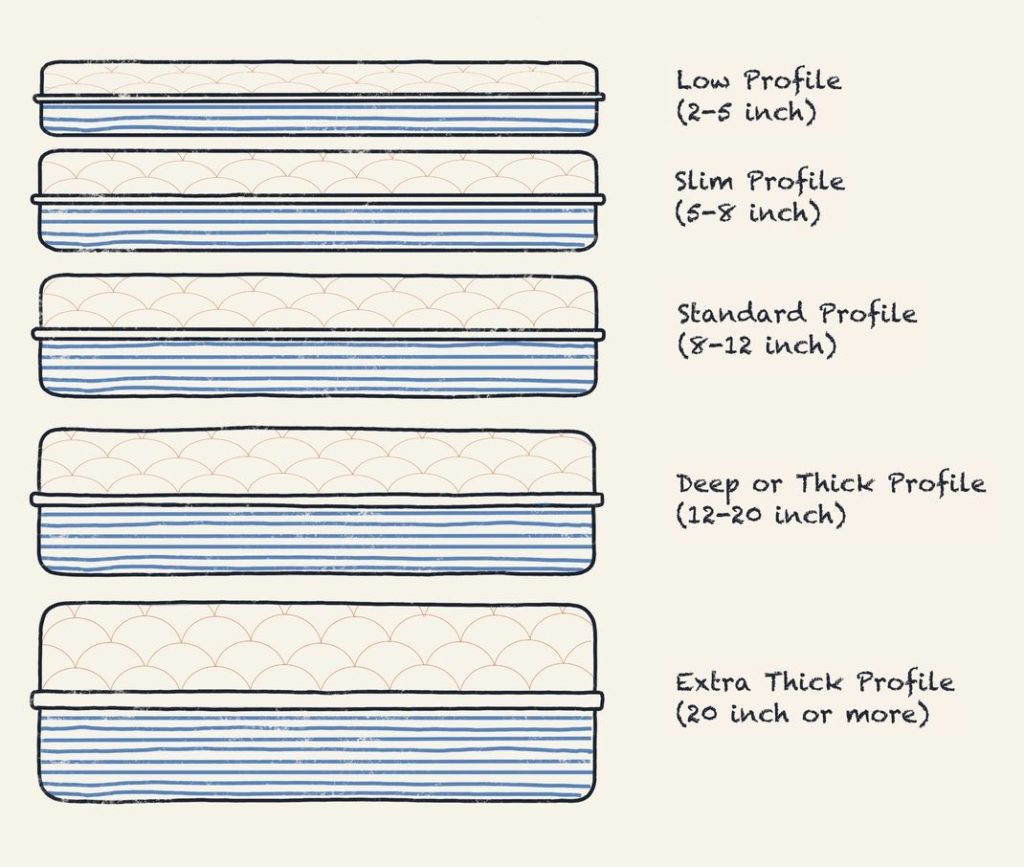Mattress Shopping Trends: What Kind Of Mattresses Do Most People Buy?
Trying to figure out howI which brand is the best mattress to buy? If you’re nosing through mattress review sites and are trying to figure out which mattress option will work for you, and find yourself scrolling endlessly through dozens of brands available online, it might help to understand what most online shoppers are actually buying.
And trust me, nothing is more confusing that shopping for mattresses on the web. It turns out though, that specific kinds of mattresses appeal to almost all of us in the same way.
The fact is, we tend to closely align ourselves with similar products when it comes to fashion, meals, vehicles, and not surprisingly, our mattresses. During the Covid pandemic, we all dove into anything that made us feel really good, like comfort food does, and many of us bought brand new mattresses.
As you might suspect, the mattress industry tracks very closely exactly what kinds of mattresses are selling the fastest, and sets design and manufacturing trends based on this data. During Covid, there was a much stronger interest in softer mattresses, many of which were purchased by younger consumers.
Softer Mattresses Are More Popular, Report Finds
The mattress industry was finally being told what to do by the consumer, instead of all of us being told what we should sleep on. Social media spread brand information like wildfire, and comfy, cozy, softer foams, like memory foam and latex foams, became really hot. The best mattress to buy might not be so obvious, though.
There was also an uptick in natural mattresses made with organic and natural textiles, and botanically sourced foams like Dunlop latex, or foam made with safer, non-petroleum based foams. Suddenly, greener, cleaner, and hypo-allergenic materials became popular as we all became keenly aware of staying even healthier.
Since 2016, consumer mattress preferences show that we are all buying softer mattresses, in fact, about a third of all mattresses purchased either online or in retail brick and mortar stores were plusher, softer, and had more emphasis on design elements up top like pillow top features, and softer, quilted fabrics.
Even though NIH conducted a review on which mattresses might be preferable for spine issues, consumers are buying mattresses that tend to offer “comfort food” like pleasure. And, after being in the industry designing mattresses, I have seen a trend towards cushier mattresses and the satisfaction consumers receive from them.
Only about 25% of consumers who bought mattresses purchased very firm options, another 25% or so opted for somewhat firm, and the remaining 50% chose softer or plushier, more immersive models.

As for age, younger buyers in the 18-36 year age range bought the softest options, with half of that group opting for soft vs. firm, compared to older consumers who bought the lion’s share of firmer mattresses, almost 95% of which were regarded as firm or very firm.
It is not known why younger shoppers are showing a clear preference for softer mattresses, but mattress designers and manufacturers are spending a lot more time investing in plusher pillow tops and softer foams and coil systems.
It might be that older consumers were familiar with the old school spring mattresses of the 60’s and 70’s and opted to stick with harder mattresses under the illusion that they are better for your back.
In fact, many people with back and neck issues actually benefit by using a softer, more elastic and plusher mattress.
Twenty years ago, most people were sleeping on mattresses that were at least 20 years old. Fact is, our parents could have cared less about what they were sleeping on, and are hobbled with bad backs, sore necks, nerve pain, and arthritis, much of which could have been spared had mattress technology been a bit better in the latter part of the 20th century. The best mattress to buy thirty years ago was the same steel spring disaster mattress of previous generations.
Recent studies and reports have shown that today’s consumers are becoming more sophisticated about buying mattresses, too. But why is that? Mainly, it’s because the internet mattress industry has exploded in the last 5-8 years, with new companies competing for the category every year.
The old school approach to buying a mattress at the local brick and mortar store and trying it out first is not as common any more, and younger buyers are narrowing down the parameters they use to buy a mattress, relying on reputable review sites and the opinions of actual brand owners to guide them into making the decision to hit the “add to cart” button.
What are the parameters that the typical buyer uses to evaluate potential candidates when mattress shopping?
The most important consideration is how the mattress feels, that is the overall impression as to whether the mattress is soft (also referred to as plush), more of a medium feel, or firm. In a few cases, consumers also consider very firm as a category. The feel of the mattress is cited as the most important consideration by 85% of sampled customers. Turns out the best mattress to buy is the one that has the most inviting, sexy, and spine tingling initial feel.
Another key consideration when weighing all of the options is the size of the mattress (you know, queen, vs. king, etc) and the thickness. Thickness is often a gauge of quality, and honestly, a 12” thick mattress- in most cases- is usually more comfortable, since you’re less likely to bottom out, or not have enough cushy material on top of the mattress.

Also, more than 50% of consumers consider the kinds of materials that are inside, responding to reports that memory foam, latex, and coil combinations (also known as hybrids) are desirable and sought after ingredients in the cake recipe of a well crafted mattress.
About 40% of consumers factor in the reputation of any given company, especially online, where social media and brand recognition are strong.
My pro tip though, for any one who is just starting their mattress shopping adventure is to avoid that pitfall- there are plenty of smaller craft mattress makers you might not have heard of before, that make amazing mattresses.
What about brand recognition? Curiously, only about one in five shoppers buy based on brand names. Even mega-online brands like Casper and Purple have to sell their product and its virtues.
Warranty duration and return policies factor in to about a third of shoppers bullet points, and a small handful look to technological innovations like those offered by a company that features earth grounding technology and other tech in their mattresses.
What Do Consumers Think About The Way Mattresses Are Made?
Surprisingly, younger buyers are paying close attention to the kind of ingredients they are looking for in the perfect mattress. Most web sites show off their product line by providing detailed graphics of the layers inside of their mattresses.
This helps to distinguish between basic models and upgraded versions which usually contain different configurations or layers which can make a mattress softer, more supportive, and even firmer.
Are these upgrades worth it? In many cases, absolutely. For couples, or larger folks, adding a layer of coils or adding a thicker layer of various foams near the top can prevent sinking, or a feeling of being trapped in the mattress.
Here’s what we found after reviewing what consumers considered about the components and the importance of the various layers and the architecture of their ideal mattress:
About one third of new mattress shoppers who were searching online felt that pillow top style mattresses offered more comfort, a smaller group felt coil/foam hybrid mattresses were the best, but only a handful felt that that foam mattresses were the best option.
Traditional, old school mattresses containing primarily springs only, were considered to be the best choice for a mattress by only one fifth of consumers who were actively shopping. So, one out of five consumers thought the best mattress to buy was the hand me down version owned by their parents.
Bottom line, there is no particular firmness level, comfort level, or list of ingredients that is ideal for everyone. Mary Helen Rogers, the VP of the most influential mattress industry organization put it best. “Comfort is in the eye of the beholder”.
Personally, as an industry veteran who is a professional mattress reviewer, I think that any shopper can find a mattress for under $1500 that is comfortable, supportive, and will meet all of your needs, down to the trial period and the warranty.
What About Brand Names And Made In The USA? Is That Important?
It’s more important than you might think. A full one third of queried consumers said that a “Made In The USA” product carries some weight when they are considering mattress brands.
I think that most Americans place a value on products that are truly fabricated in the USA, and to be forgiving and allowing understanding that many of the individual components might be imported.
A lot of American online mattress brands actually have taken a lot of time and trouble to source ingredients like foam layers, springs and coils, and even organic fabrics, that are made exclusively in the USA.
The Carpenter Company, for example, makes the specialized foam layers that are used in the most popular memory foam mattresses which are ubiquitous on the web. I strongly feel that the best mattress to buy typically contains about 35-50% foam, in different densities and thicknesses.
As far as warranties go, you would think that would be something that most consumers are very focused on, but surprisingly, a little less than half of shoppers who recently purchased a mattress can remember if their bed even came with a warranty.
We study online mattress companies throughly, and I have yet to see any brand that does not include a fairly comprehensive warranty that comes along with most mattresses.
How Often Do People Really Replace Their Mattresses?
Our parents were raised on mattresses that were often twenty, even thirty years old. Many of them raised entire families and produced grandchildren, never retiring decades old bedroom beasts.
These days, there’s a lot more attention being paid to what happens to our aging mattresses, including the collection of dust mites, mold, bacteria, skin cells, and other debris that gets soaked inside.
Unless you have faithfully used a mattress protector since day one, your aging mattress is filled with all kinds of nasty stuff. Thus the recommendation that you should replace your mattress about every eight years.
Younger mattress shoppers fully expect to replace their mattresses about every 7 years, and this may be attributed to mattresses being a more important fixture in the home that contributes to our overall health.
You can read more about how often you should replace your mattress here.
Sleep fitness is rapidly gaining popularity, so why not stay current with technology and the equipment it takes to stay healthy? I call it “mattress awareness” as more and more people are coming around to the notion that it’s okay to love sleeping, embrace napping, and feel good about hitting the hay earlier at a younger age.
Even corporate American encourages employees to view sleep and rest as part of a productive work day to increase performance.
Older couples, on the other hand, will replace their mattress every 12 years, likely due to economics and resistance to change. Also, handling and moving mattresses is difficult, and many online vendors do not offer these services, except for a few. Saatva Mattress is a company we’ve reviewed and recommend. that does offer full setup and removal service. If you’d like to learn more about mattress shopping, visit our Home page for several jumping off points.